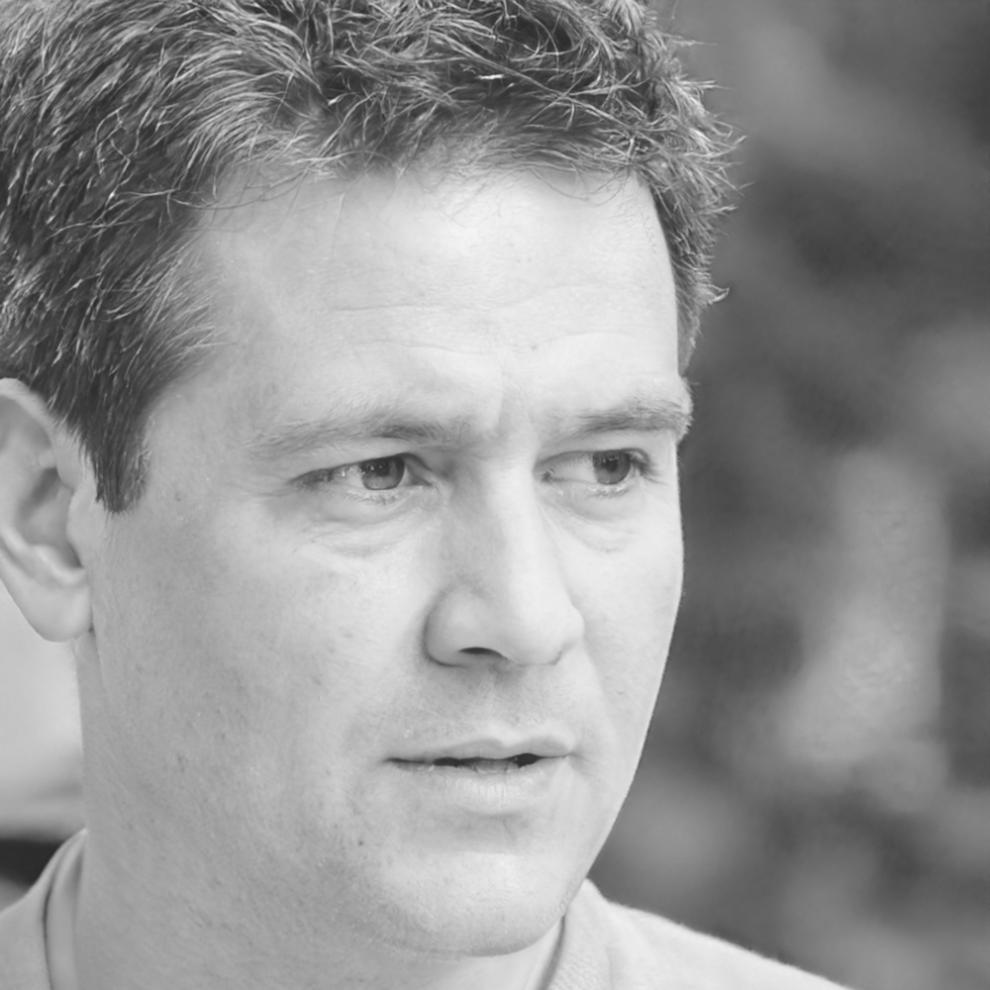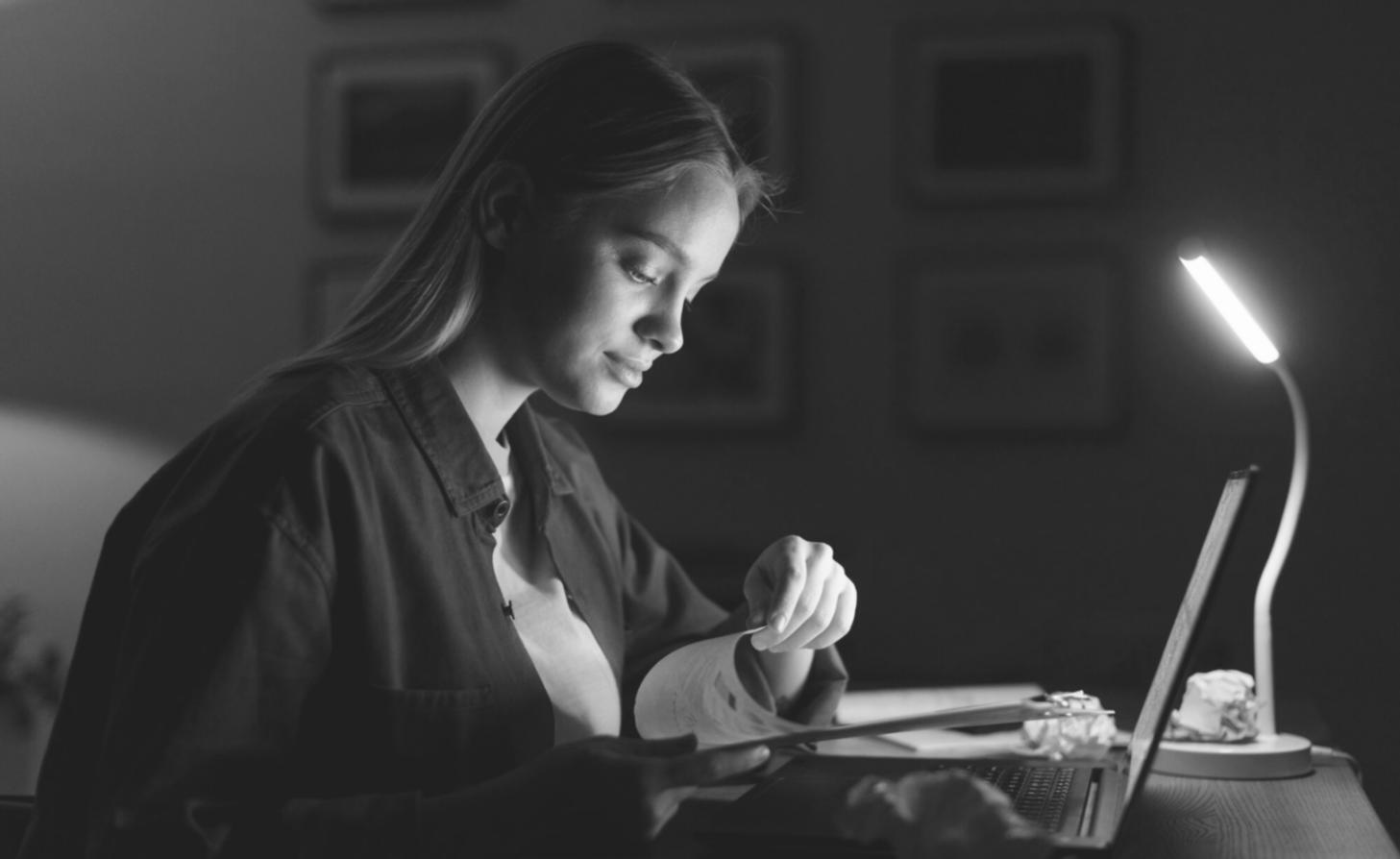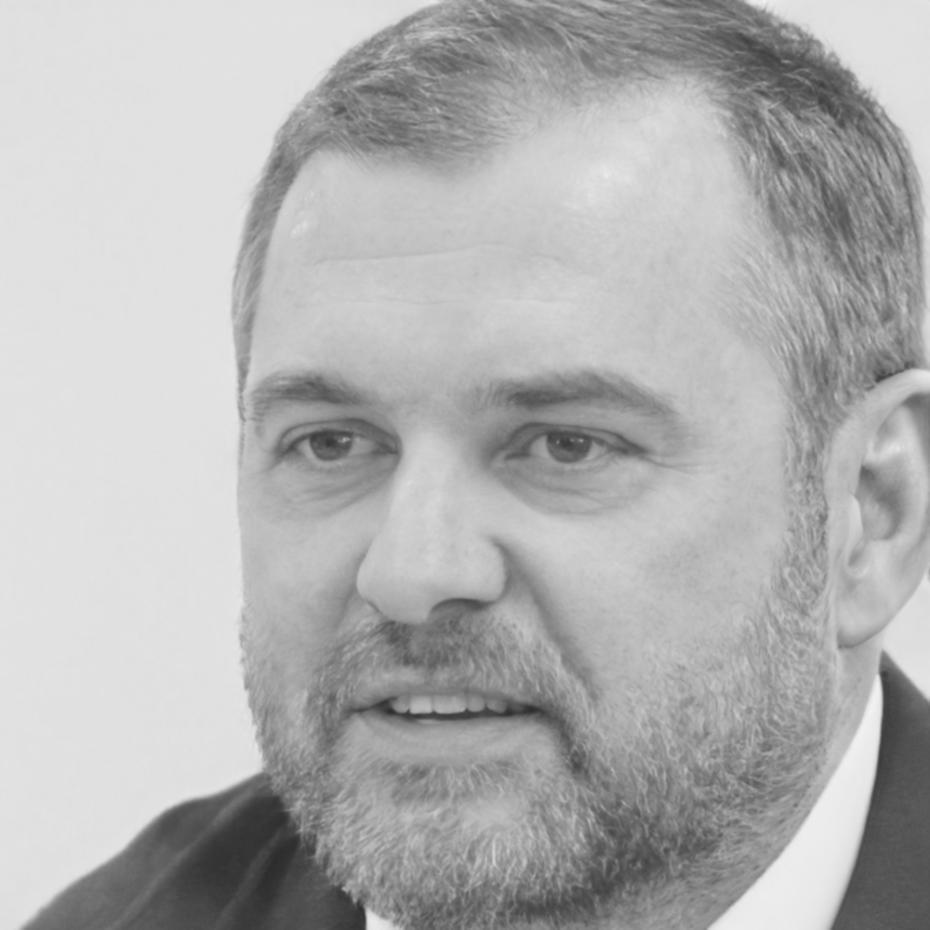Managing Your Investments from Anywhere
Remote monitoring has changed how people track their financial portfolios. But staying disciplined when you're not in a traditional office requires some deliberate planning.
I've spent years helping clients in Cork and across Ireland keep their investment strategies on track while working from home. The flexibility is brilliant, but it comes with challenges most people don't expect until they're knee-deep in distractions.
Your financial decisions deserve the same focus you'd give them in any professional setting. That means creating systems that work with your home environment, not against it.


Riordan Ó Faoláin
Portfolio Strategy
What Actually Works for Remote Investment Tracking
Morning Review Rituals
Check your portfolio before the day gets chaotic. I recommend 20 minutes between 8:00 and 9:00 AM. Market opens at 8:00 GMT in London, and you'll want to spot any overnight changes before you're pulled into meetings or calls. Keep a simple checklist — major index movements, currency shifts if you hold international assets, and any news affecting sectors you're invested in.
The Physical Workspace Matter
Your kitchen table isn't a long-term solution. I've seen too many people make rushed decisions because they were working from their sofa with the telly on in the background. You need a dedicated spot with decent lighting and minimal noise. Doesn't need to be fancy — just consistent and away from household traffic.
Document Everything Properly
When you're remote, your record-keeping needs to be tighter than ever. I use a simple spreadsheet that tracks every decision, the reasoning behind it, and the outcome. Date it properly. This isn't about being obsessive — it's about having a clear trail when you review your strategy in three or six months.
Set Clear Boundaries with Family
This might sound obvious, but it's the thing most people get wrong. When you're reviewing financial data or making investment decisions, you can't have interruptions. My rule is simple: closed door means don't knock unless the house is on fire. Communicate your schedule to everyone in the household and stick to it.
Six Practical Methods That Make a Difference
These aren't theoretical concepts. They're approaches I use myself and recommend to clients who want consistent results while working remotely.
Weekly Portfolio Reviews
Pick the same day and time each week. Friday afternoon works well for many people — you can review the week's activity and plan for the week ahead. Don't check your portfolio constantly. That leads to emotional reactions rather than strategic thinking.
Two-Device Strategy
Use one device for financial work and keep everything else on another. I keep my laptop for portfolio management and use my phone for personal stuff. Helps you stay focused and reduces the temptation to drift into social media or email when you should be analyzing data.
Scheduled Communication Windows
Set specific times when you're available for financial discussions — with advisors, accountants, or investment partners. Outside those windows, let calls go to voicemail. Constant interruptions fragment your thinking and lead to poor decisions.
Physical Documentation System
Keep printed copies of important documents in organized folders. Digital is convenient, but having physical backups of tax statements, transaction records, and quarterly reports saves you when systems go down or you need to reference multiple documents simultaneously.
Market Hours Awareness
Know when the markets you're involved in are actually open. If you're investing in US stocks from Ireland, that's afternoon and evening for you. Plan your most critical monitoring during active trading hours, not when markets are closed and prices are static.
Monthly Strategy Sessions
Once a month, take two hours to step back from daily monitoring and review your overall strategy. Are you still aligned with your goals? Has your risk tolerance changed? Document these sessions — they're valuable when you look back on your decision-making process.
Building Your Remote Monitoring Environment
Reliable Internet Connection
This isn't optional. You need stable, fast internet for real-time data. If your home connection is spotty, get a backup solution. I've seen people miss important market movements because their broadband dropped during critical hours.
Multiple Screens When Possible
One screen for your portfolio platform, another for research and news. You don't need an expensive setup — a laptop with an external monitor does the job. Being able to compare data side-by-side makes analysis faster and more accurate.
Notification Management
Turn off non-essential alerts during your focused work periods. You want notifications for significant price movements or important news, but not every minor fluctuation. Configure your platform to alert you only when it matters.
Backup Power Solutions
A decent UPS (uninterruptible power supply) for your computer protects you from power cuts during important transactions. Battery backup gives you time to save your work and exit positions properly if needed.

Real Experience from Remote Investors
These are actual clients who've built effective remote monitoring practices. Their approaches differ based on their situations, but the discipline is consistent.

Tadhg Lysaght
Property & Equity Investor
Working from home in Galway since 2023, I had to completely restructure how I monitored my investments. The biggest change was creating non-negotiable time blocks for portfolio reviews. Once I stopped checking prices randomly throughout the day and focused on structured analysis, my decision-making improved significantly.

Remote Setup Example
Practical Workspace
Started with just a laptop at the dining table. Within two months, I realized that wasn't sustainable. Now I've got a proper desk in the spare room, dual monitors, and a filing system that keeps everything organized. The initial investment in proper equipment paid for itself in reduced stress and better focus.